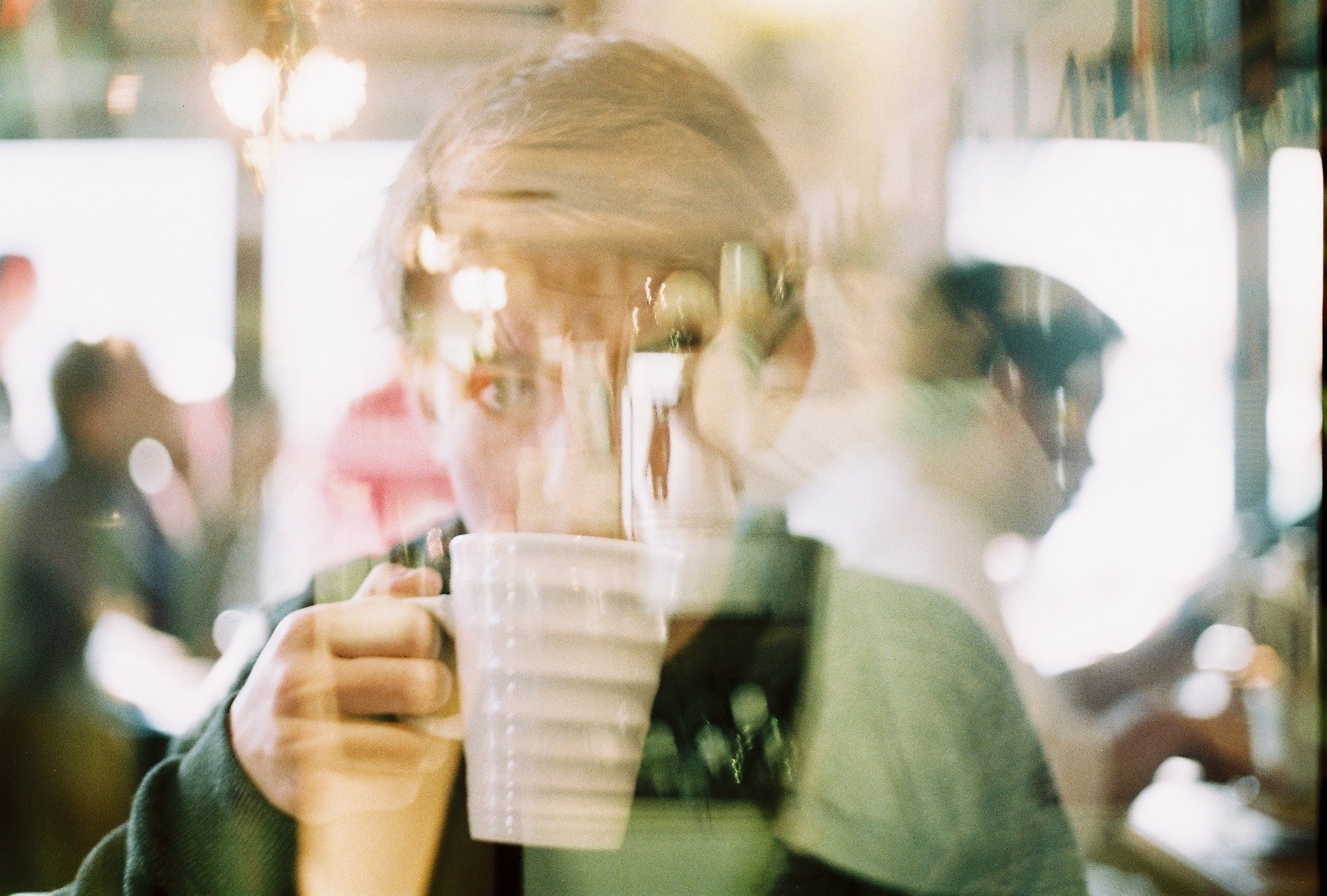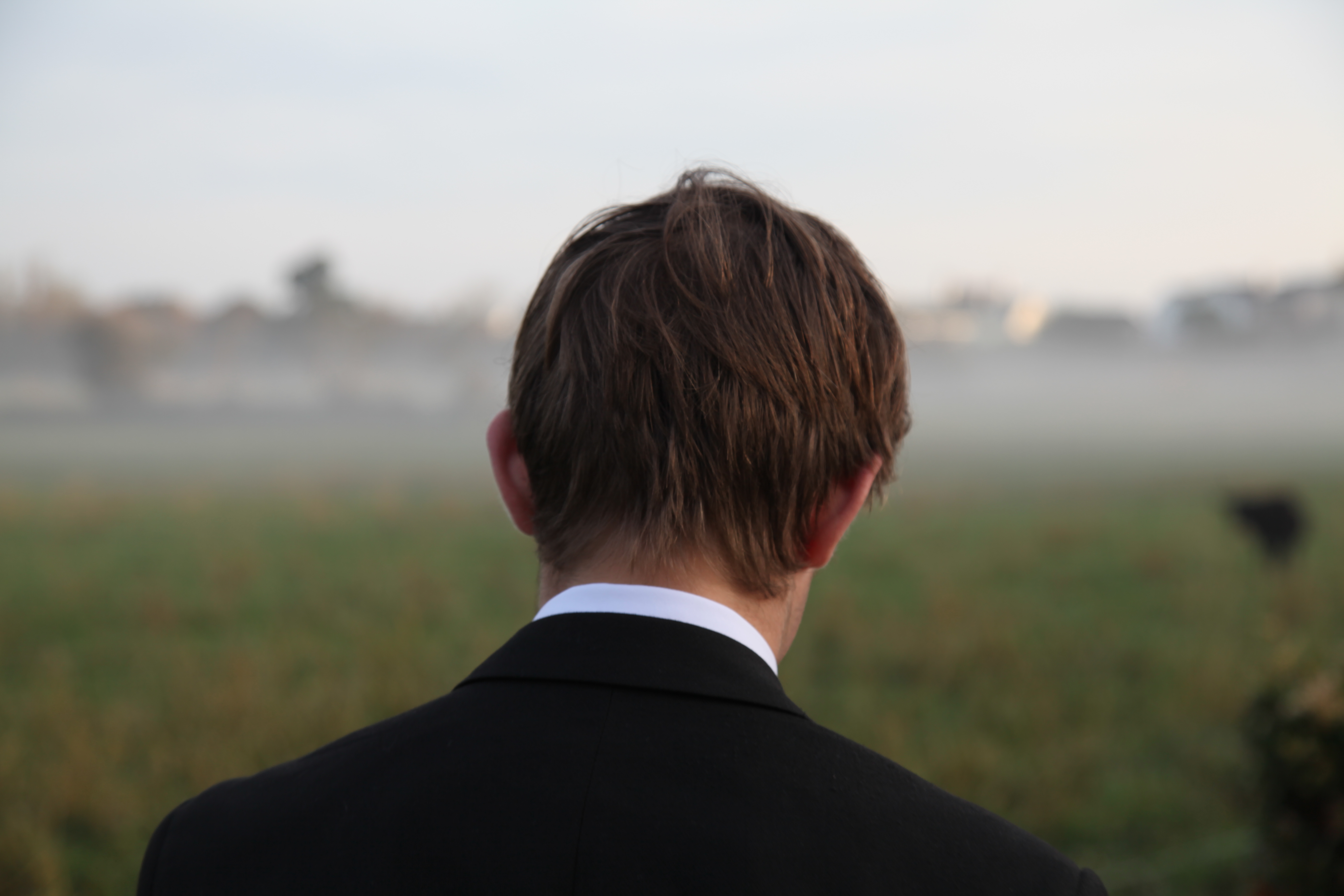// J A C K PART 2 //
The second shoot with Jack was the external environment which was selected by the model, Jack. I asked each participant three questions before I planned out the shoots which are shown below.
Where is home for you? Why is this place home? Are your family there? Do you feel safe here? What is it that makes this particular place home?
Home is wherever my family is and a place that I feel comfortable. It normally tales me a while to settle in somewhere, but I always have family and friends and try to stay positive and surround myself with positive people. Anywhere can be home as long as I’m happy.
What makes Jersey important to you? Do you have good memories here?
Jersey is the place I have grown up, it will always he special to me. It hasn’t always been easy, but then again it isn’t going to be easy anywhere. I have made so many amazing friends and happy memories here. I’ll never forget this lil rock and the awesome times I’ve shared here with my friends and the little adventures I took to find quiet places to relax and unwind.
Where in Jersey holds the best memories for you? Why is it positive for you?
My favourite place is actually a newly discovered area. It was previously the top of the hill in St. Brelades (just beyond the wayside cafè). My mum took me up to Val de la mar reservoir and I immediately fell in love with it. There are so many paths and unique plant life in the separate areas. Parts I like most are the Australian and Japanese sections. But my absolute favourite part is just above the Japanese section where there is an incredible view over the reservoir and St. Ouen’s bay.
With this response from Jack to work with, we went up to explore around the area and shoot in each of the places previously mentioned. Below is a small selection from the session.
The images above are from the walk we took and show a more varied selection of photos facing different angles with changeable lighting. Below are a selection of images which might be suitable for the final picture of this project section. The portraits are stylized and feature people looking at a particular landscape from the back. details on the body are limited – so no facial features are visible – and there is a much higher emphasis on the area itself. Contrasting this with the inside portraits which feature characters looking strait on, there is a bigger focus on the environment rather than the person here.
J A C K
The two images I have ultimately selected for this project share a continued line of similarity across their compositions and photographic structure. The first from the home shoot is exactly what I was looking for. A blank expression that shows the figure in their home environment around the things they have grown up with. For many of my models they are still in rooms which they have had since they were very young which is visible in the images. There is something surreal about the contrast between the figure and the backdrop. It is more than typical to surround yourself – and in particular your room – with things that mean the most to you. In a way these portraits are reflective not only in the character shown but also in their room which is ultimately a self portrait of their attitude and emotions.
The internal shoot produced this outcome below which shows the character, Jack, sat in his bedroom at his mum’s house. There is a lot happening in the image so to highlight the central figure I adjusted – mainly through trial and error – the lighting and curtains in order to alter the natural highlights produced across the face. The duvet and blankets mirror several of the colours featured in the background a



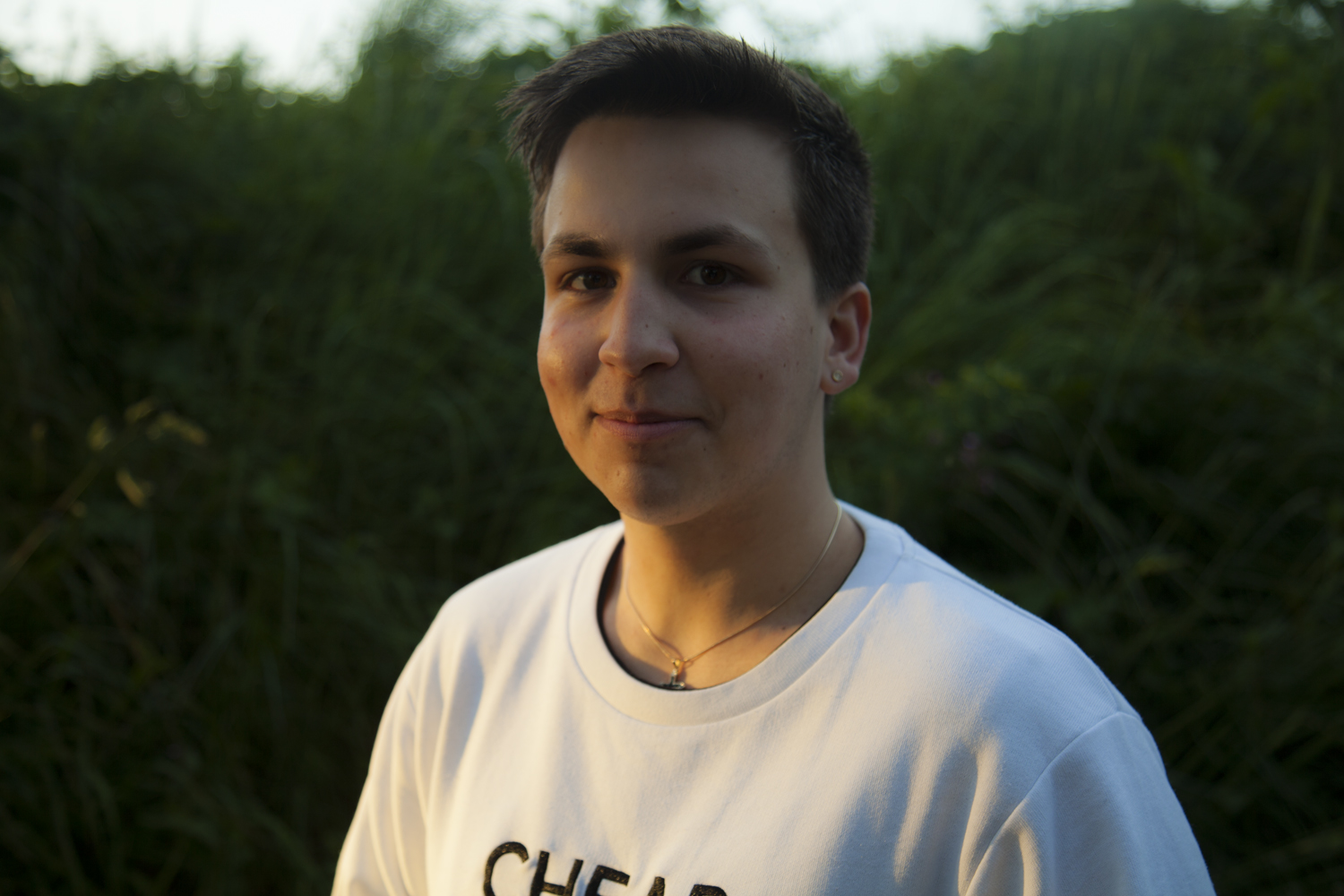

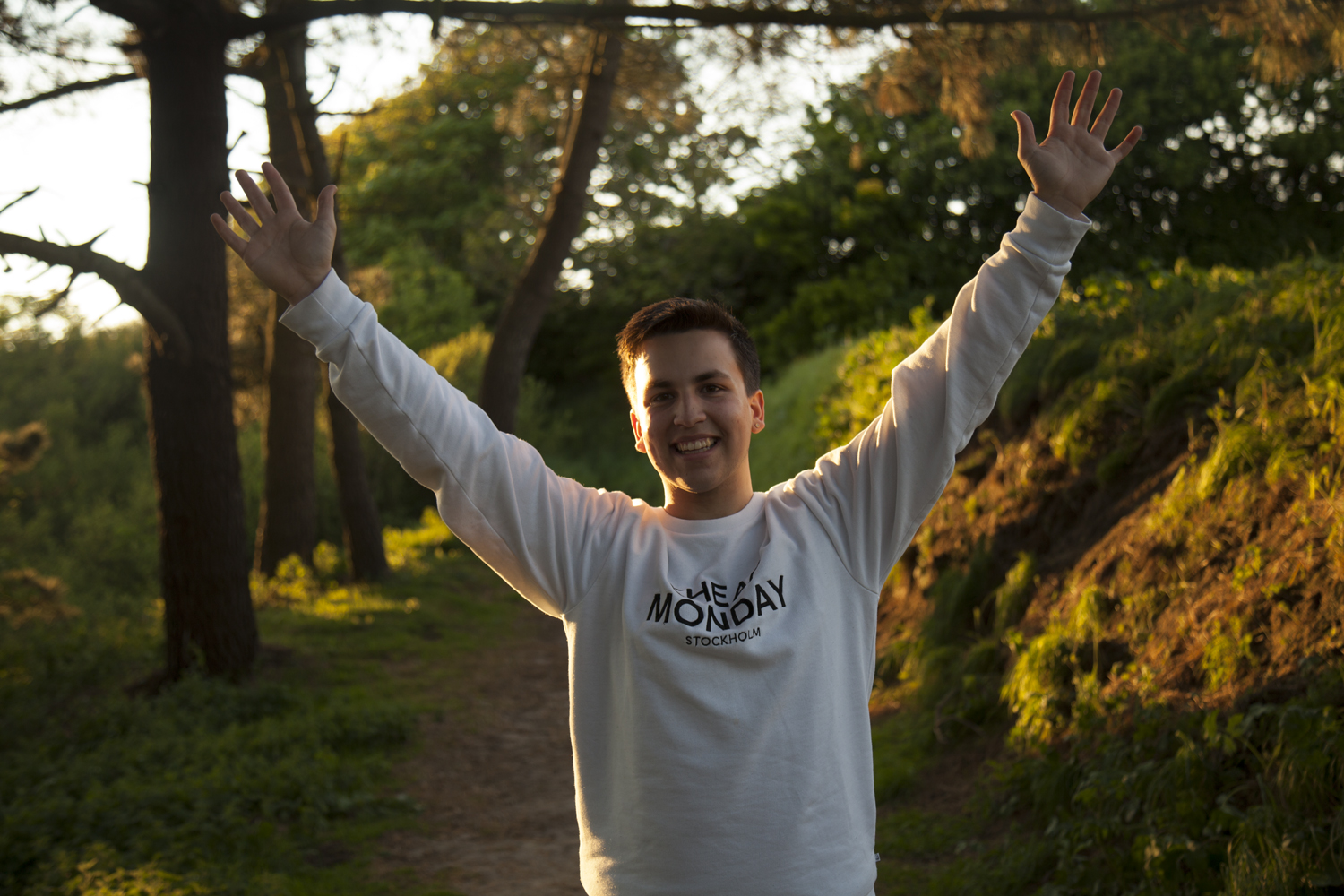

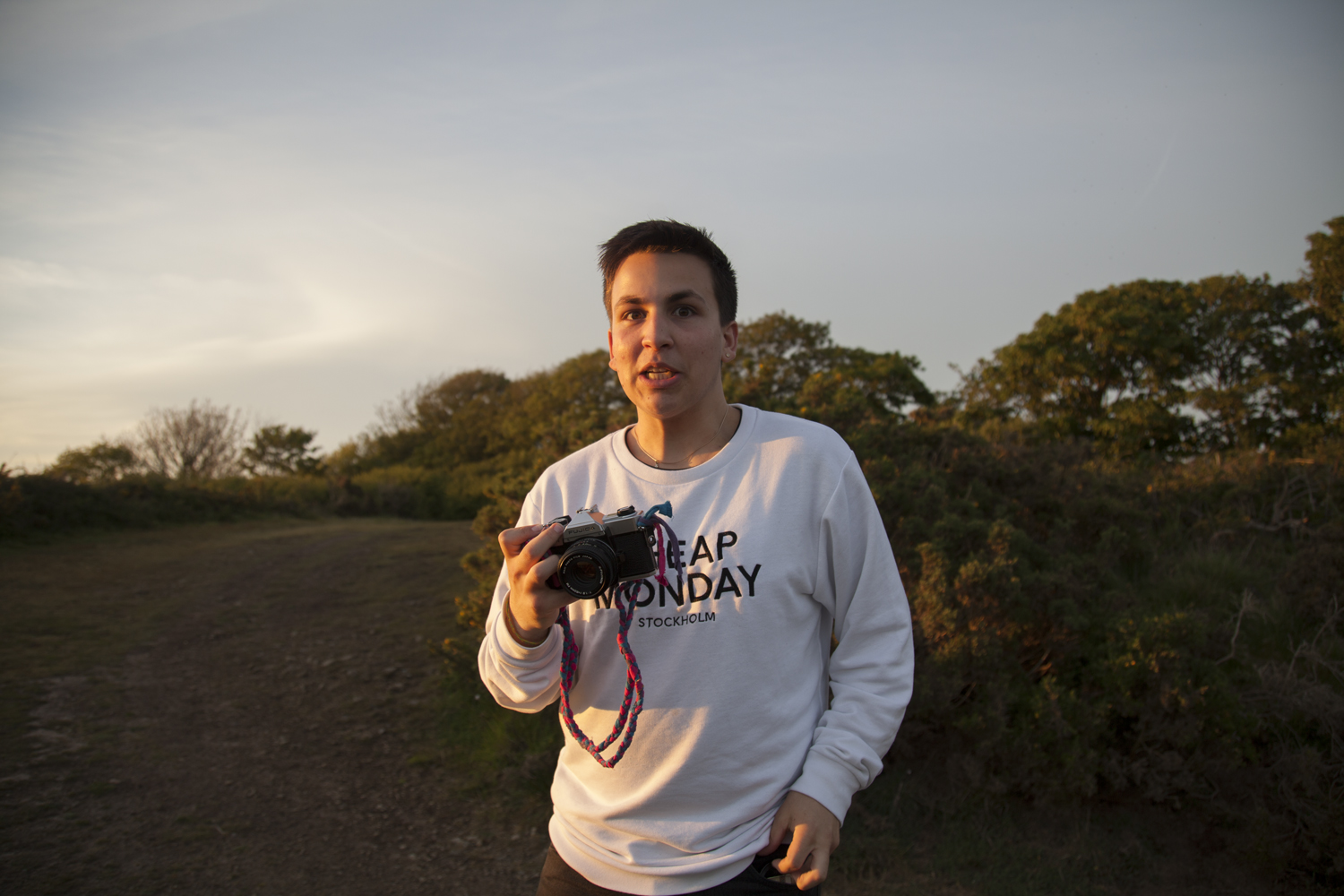


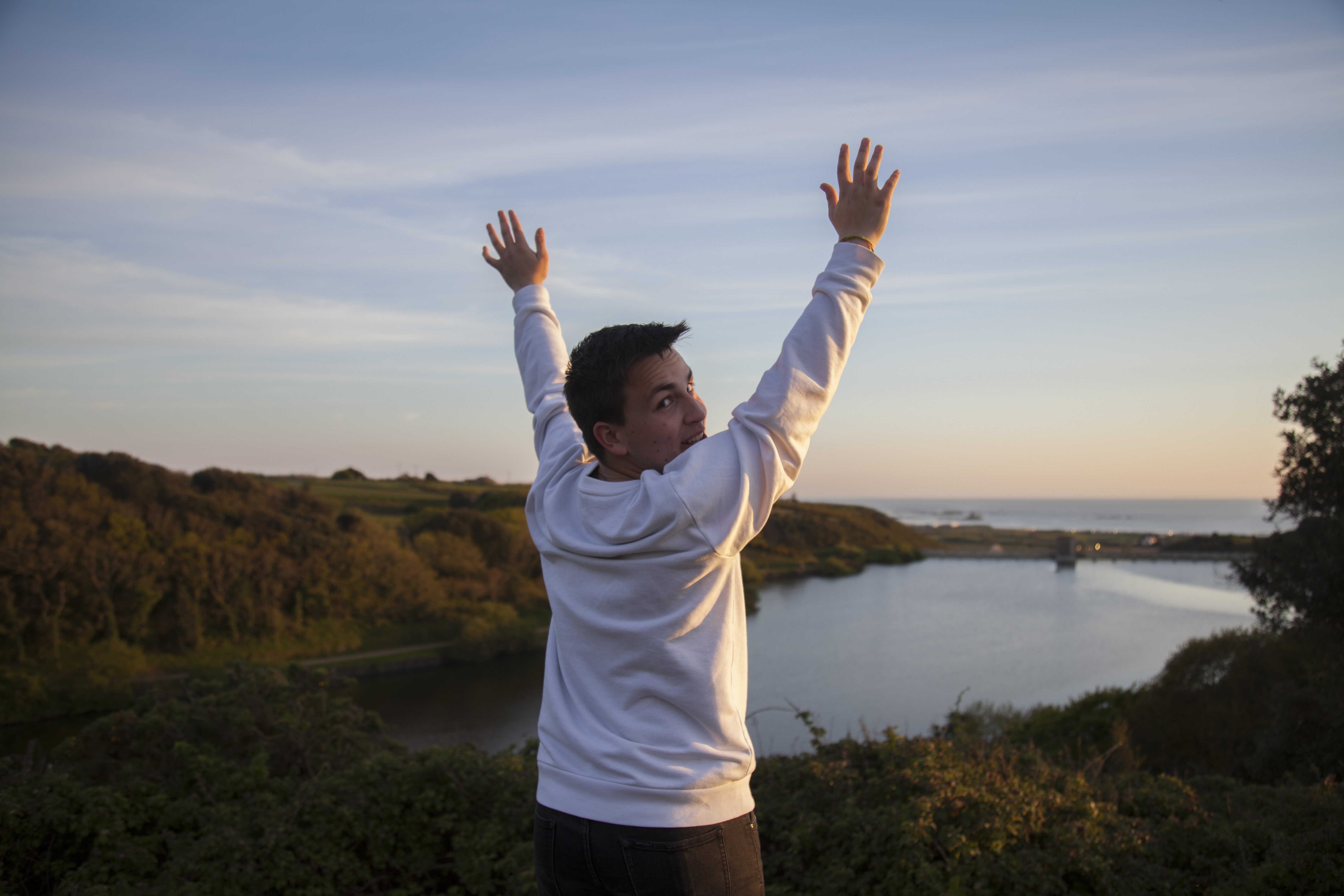








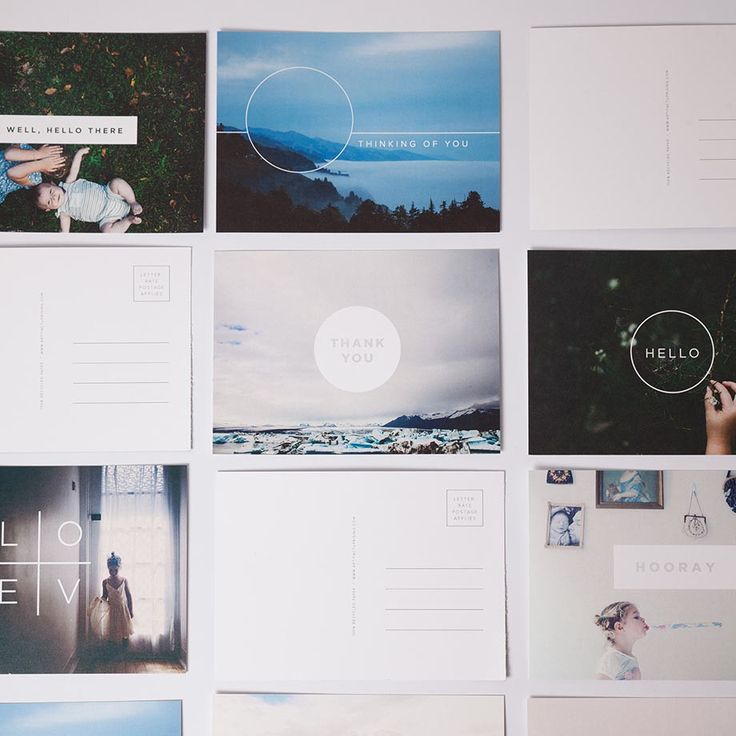
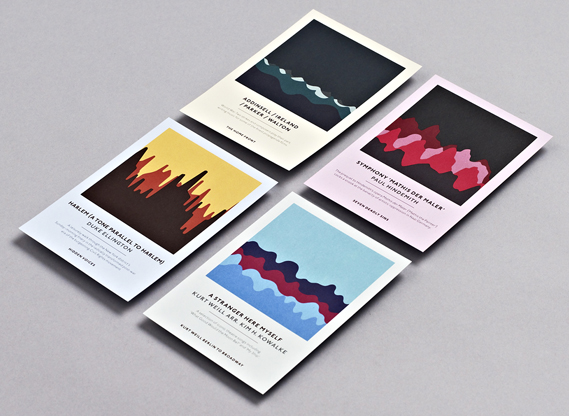



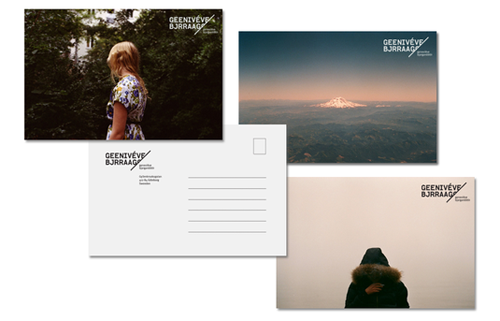

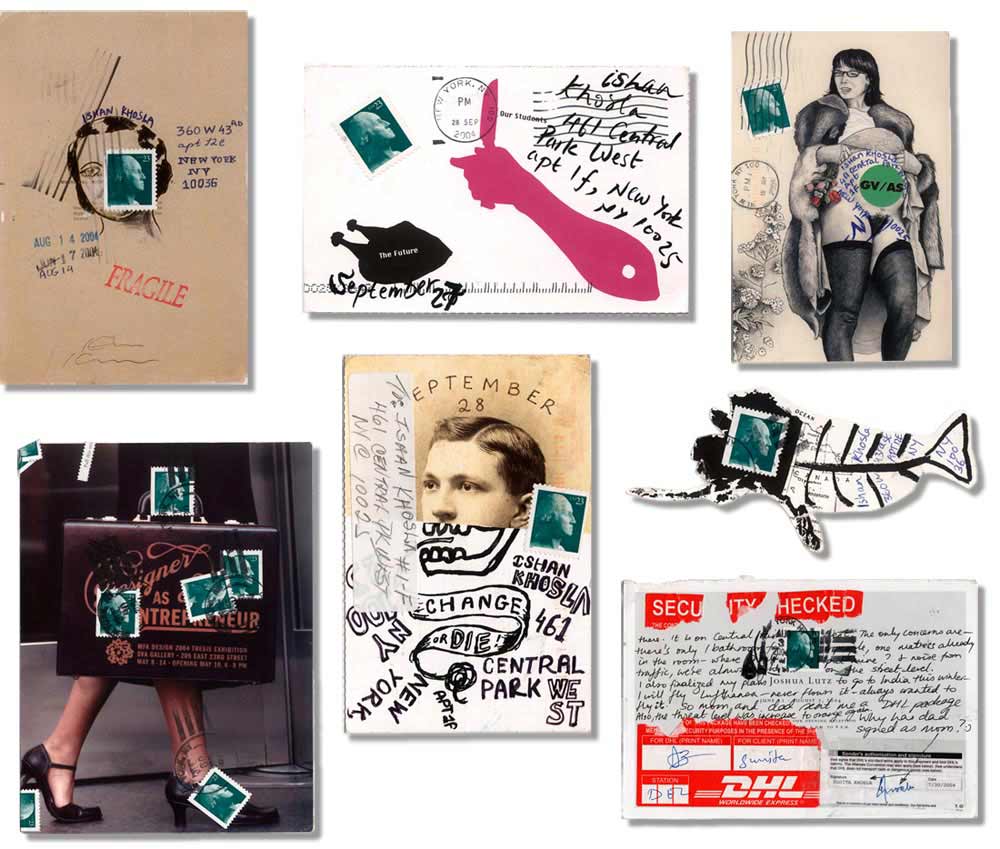
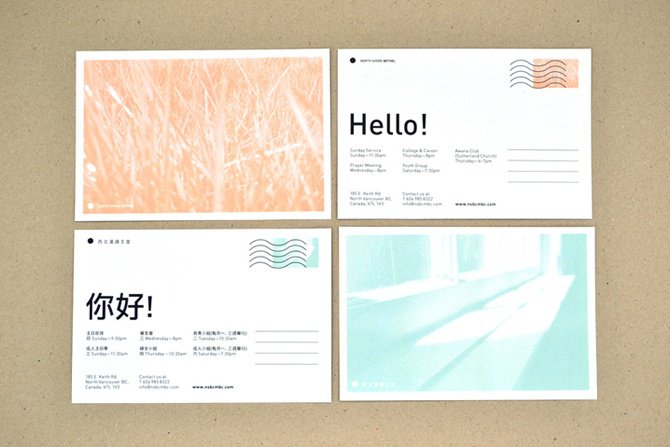
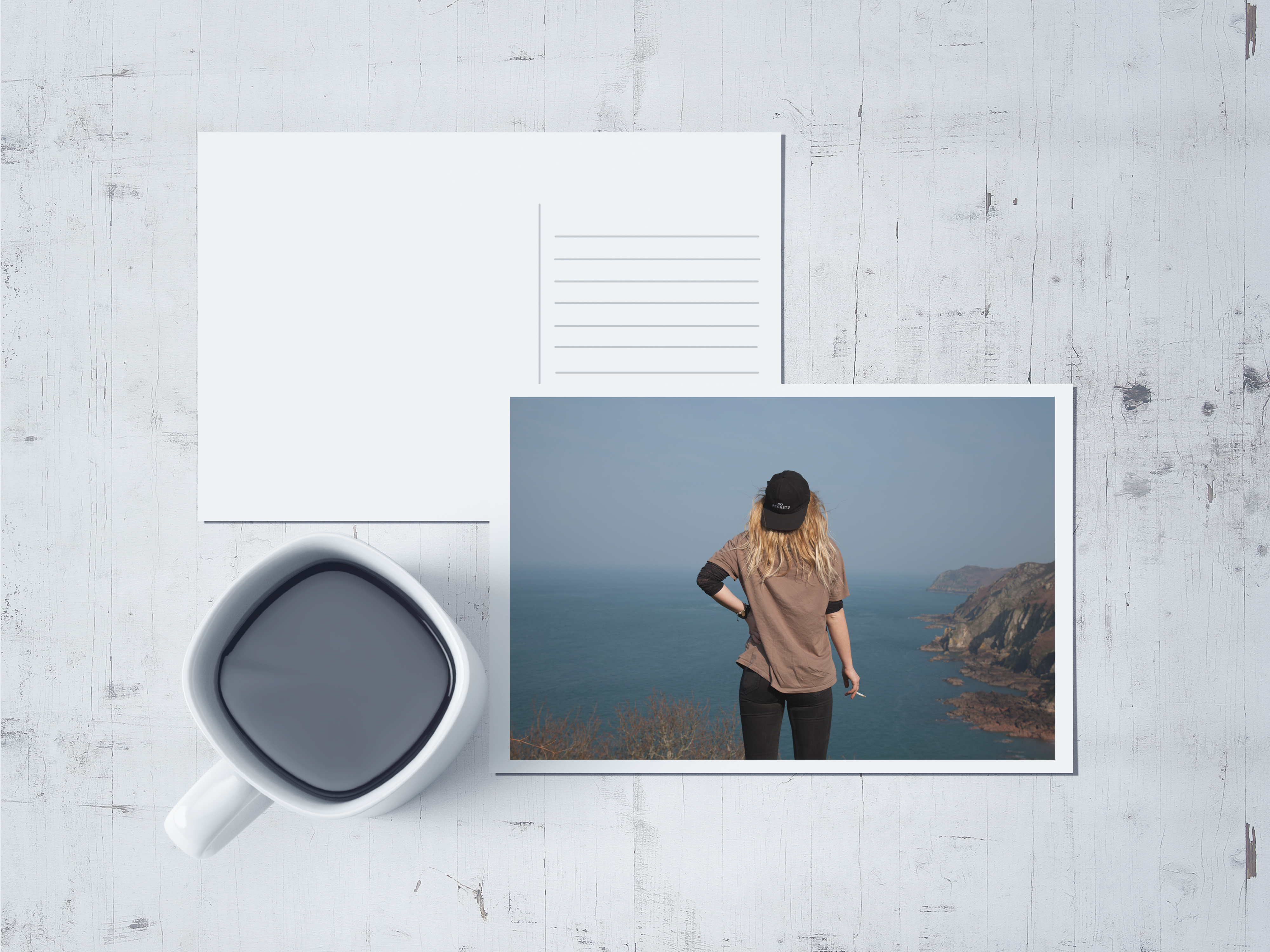
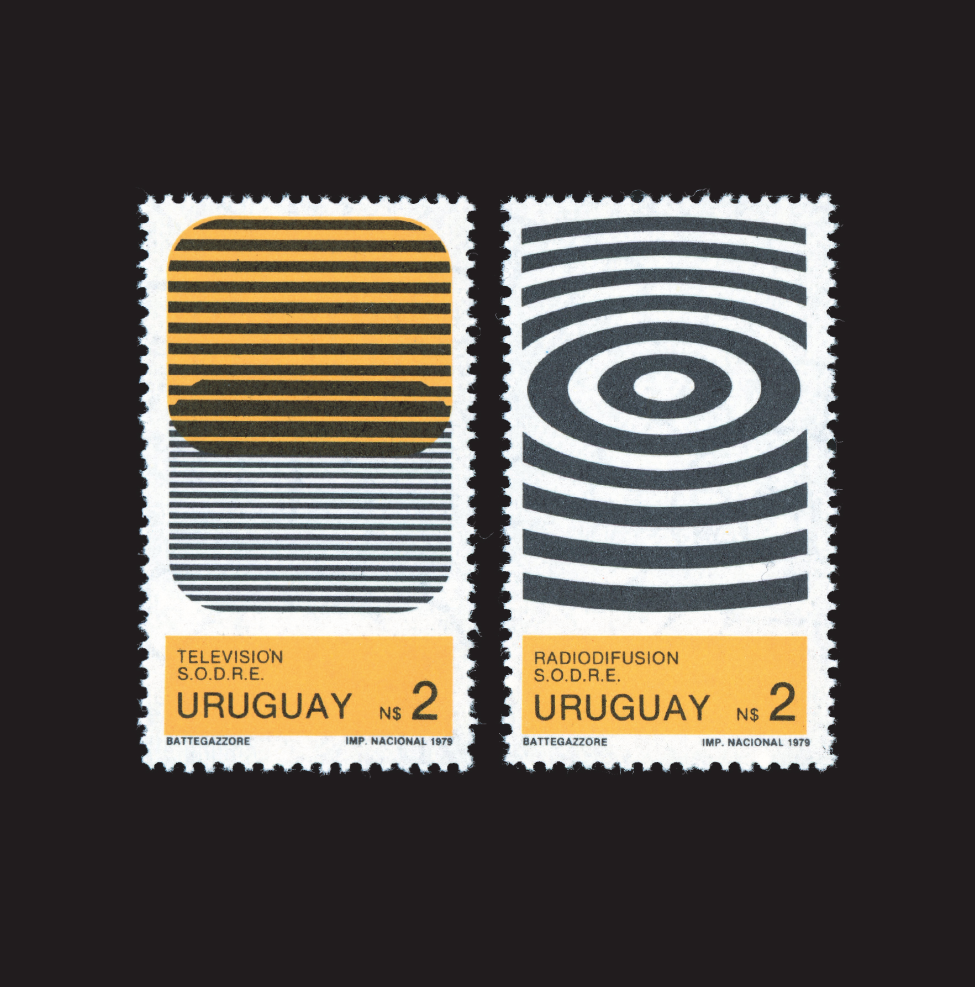
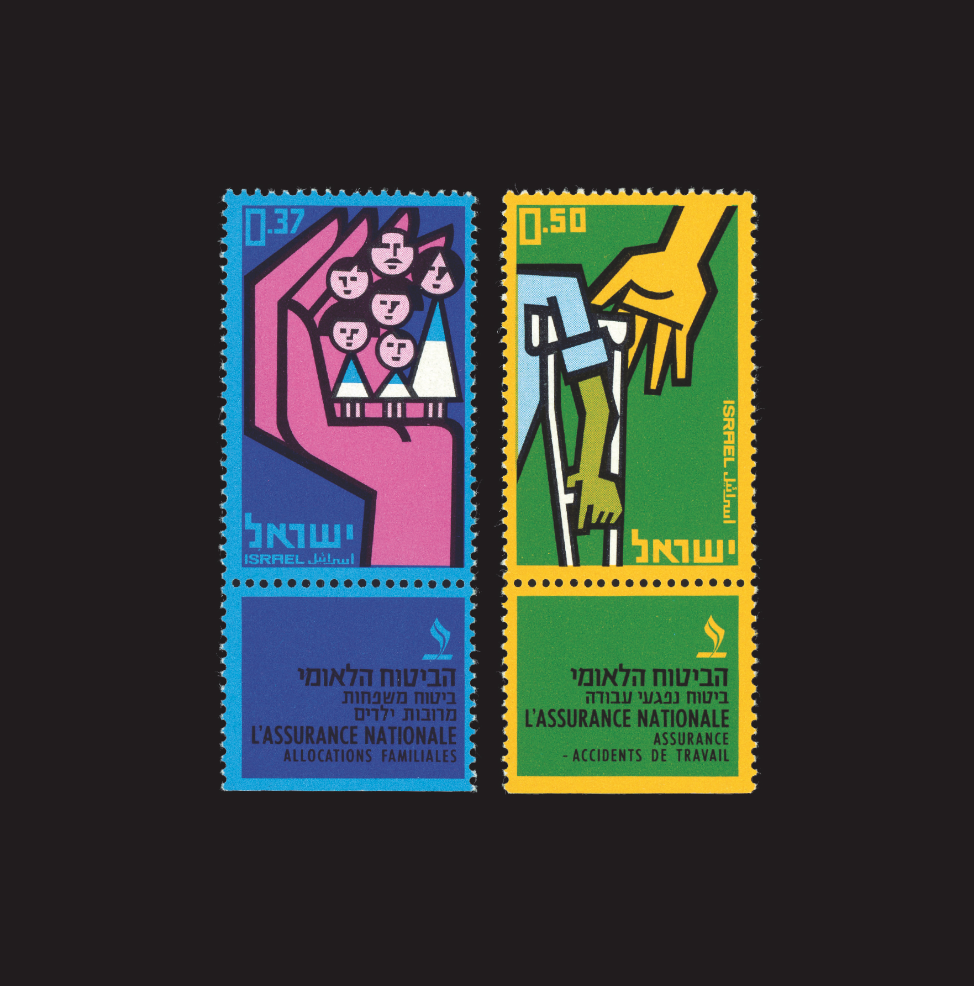
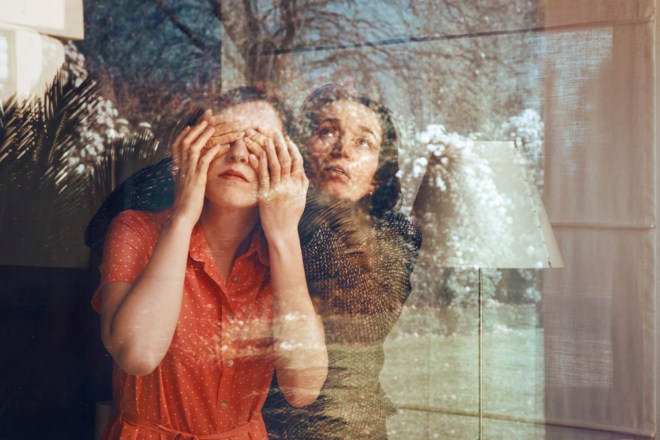

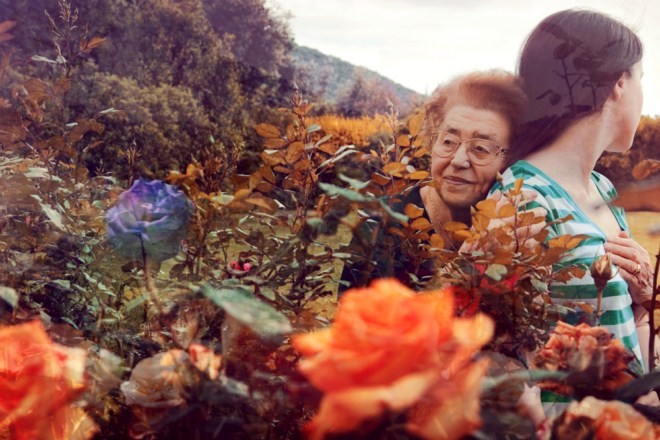
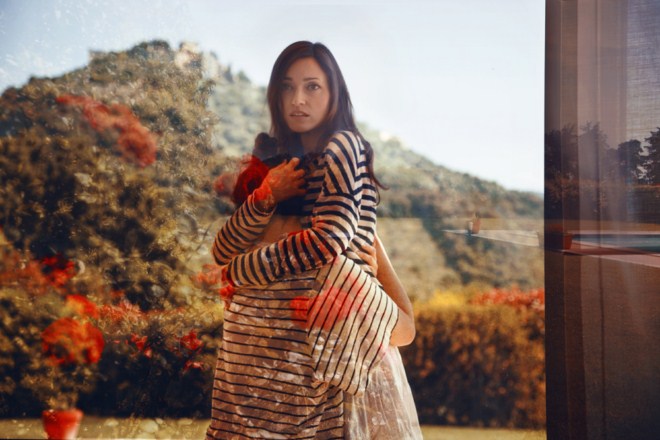
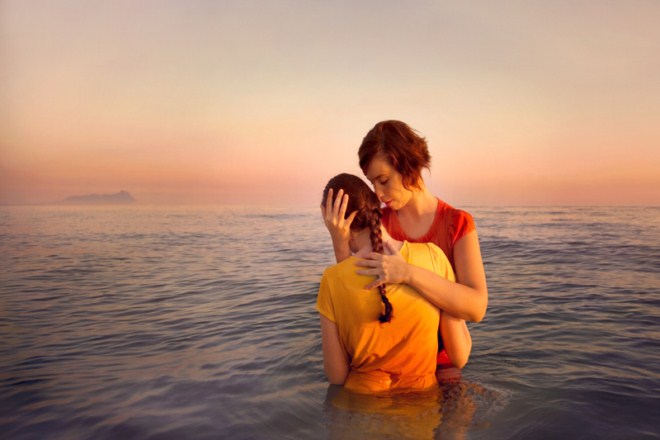
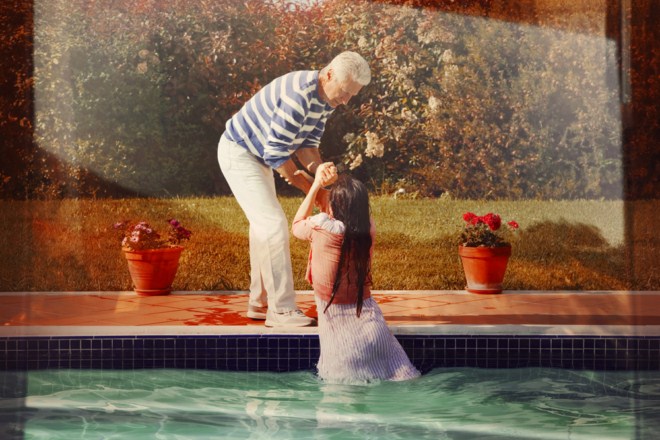
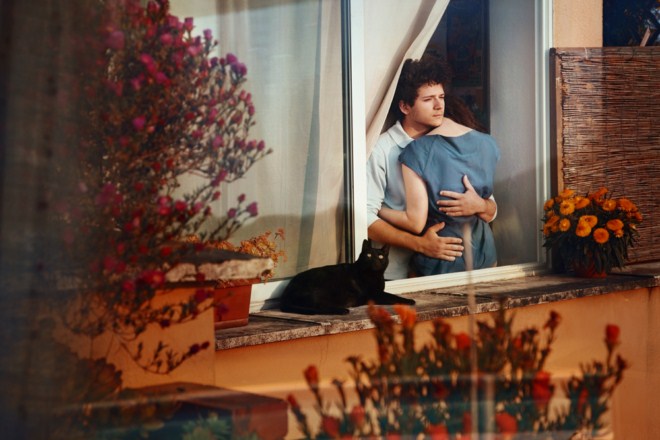

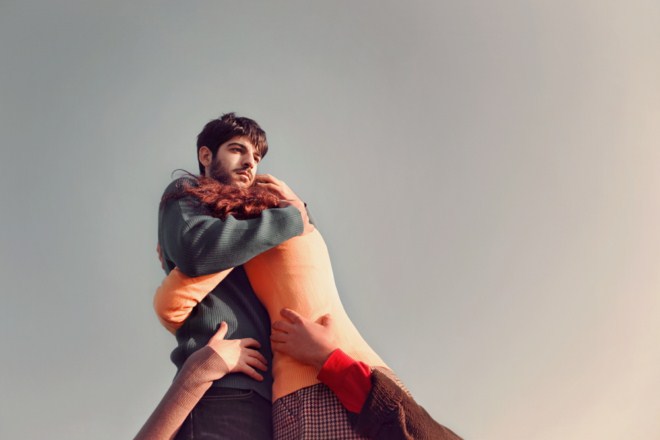
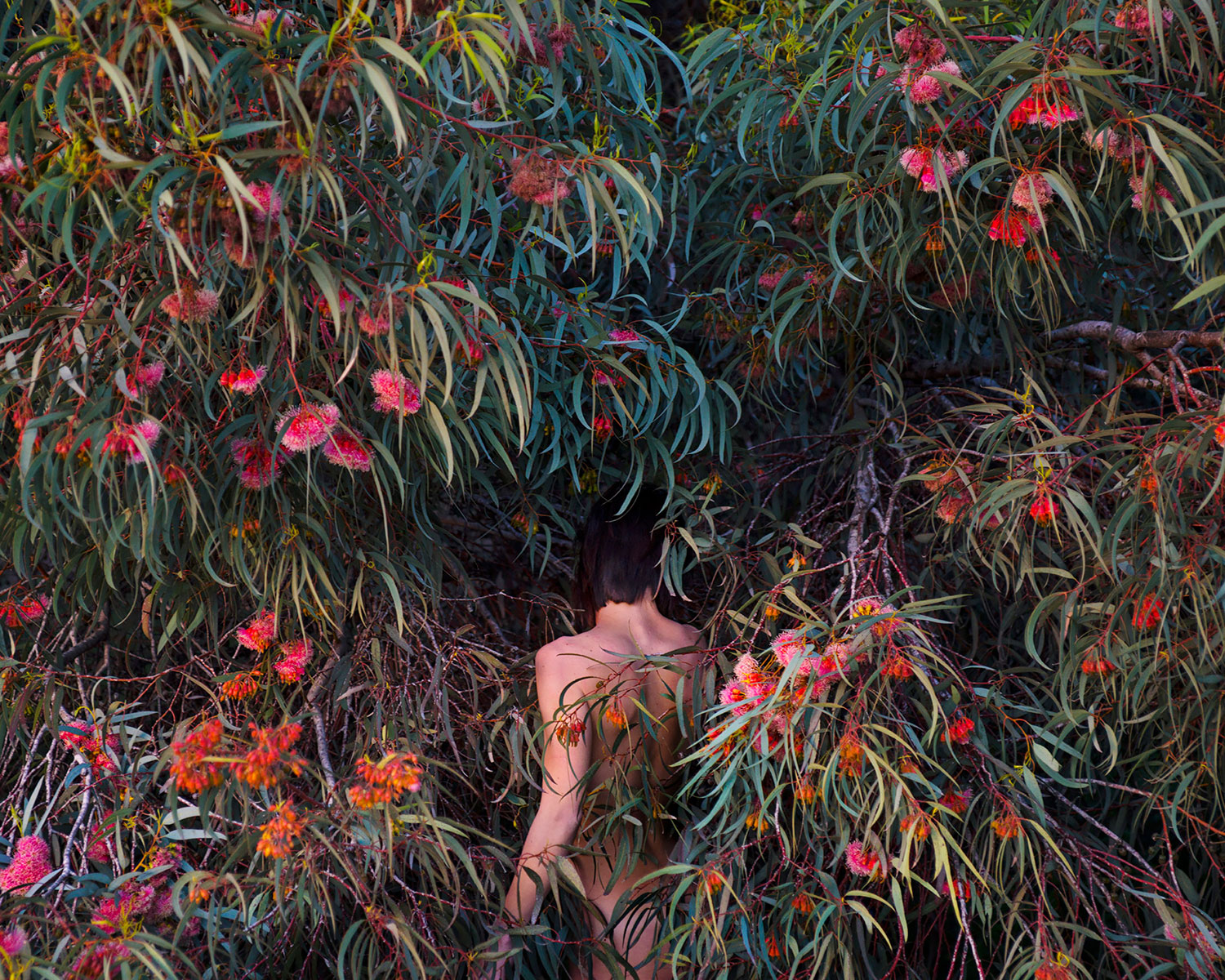
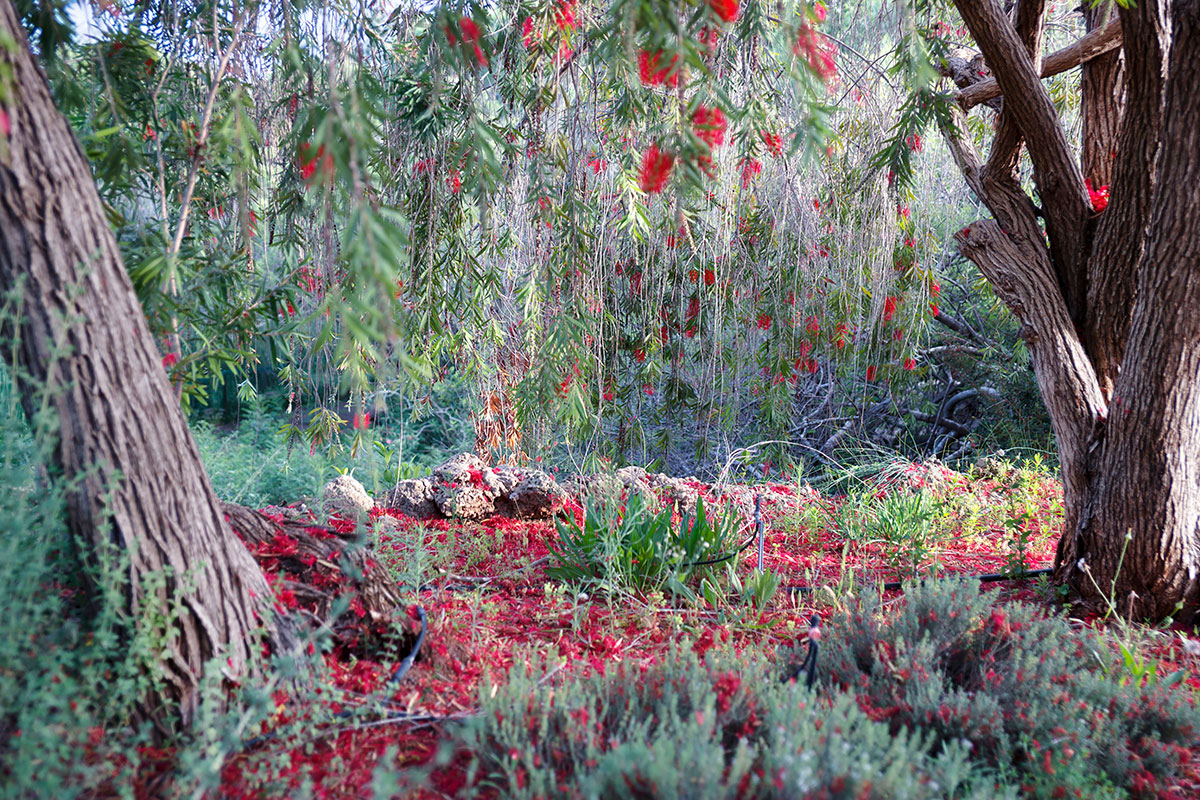
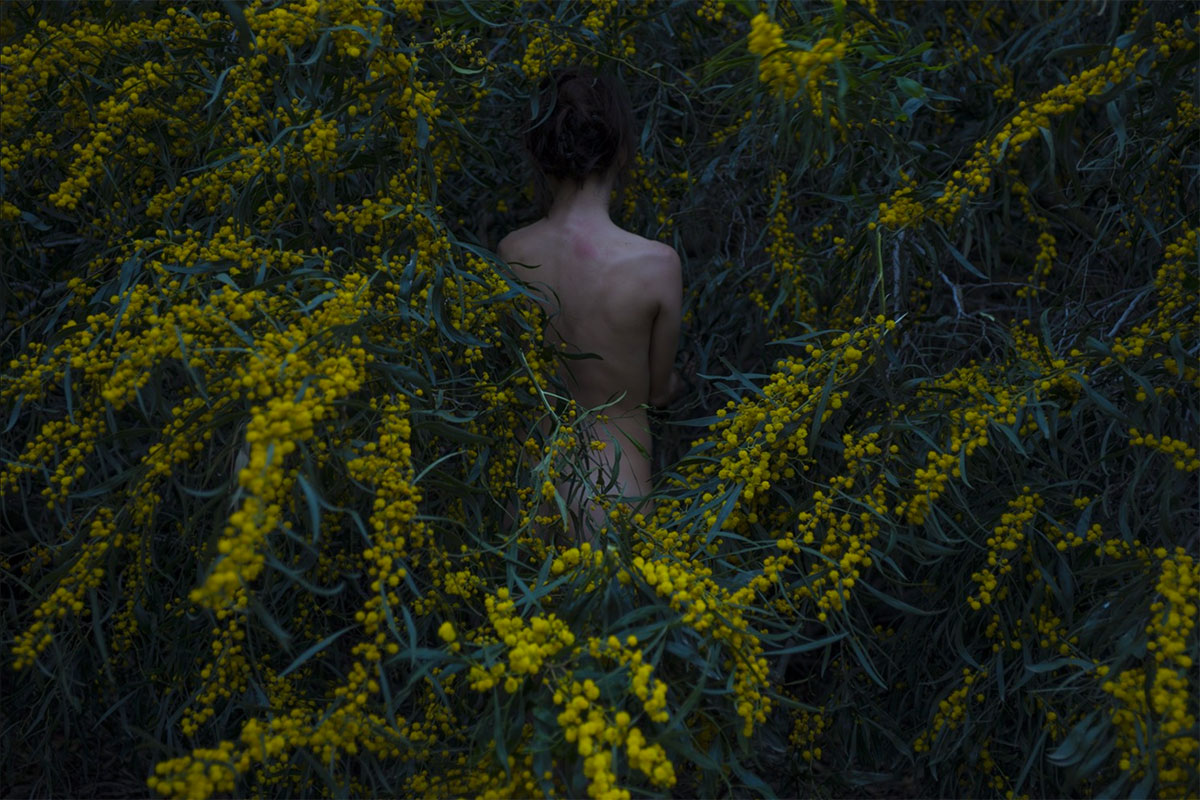















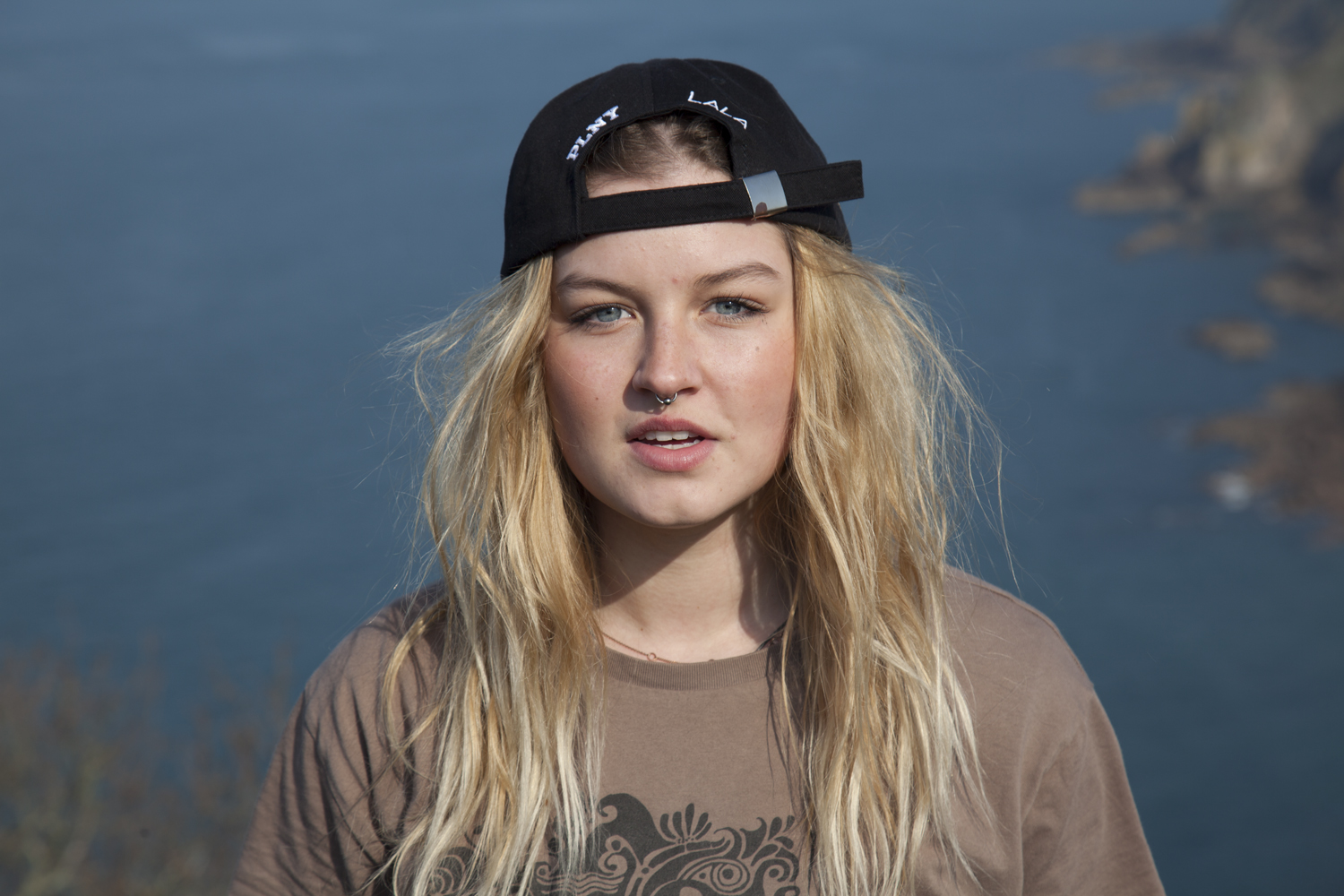

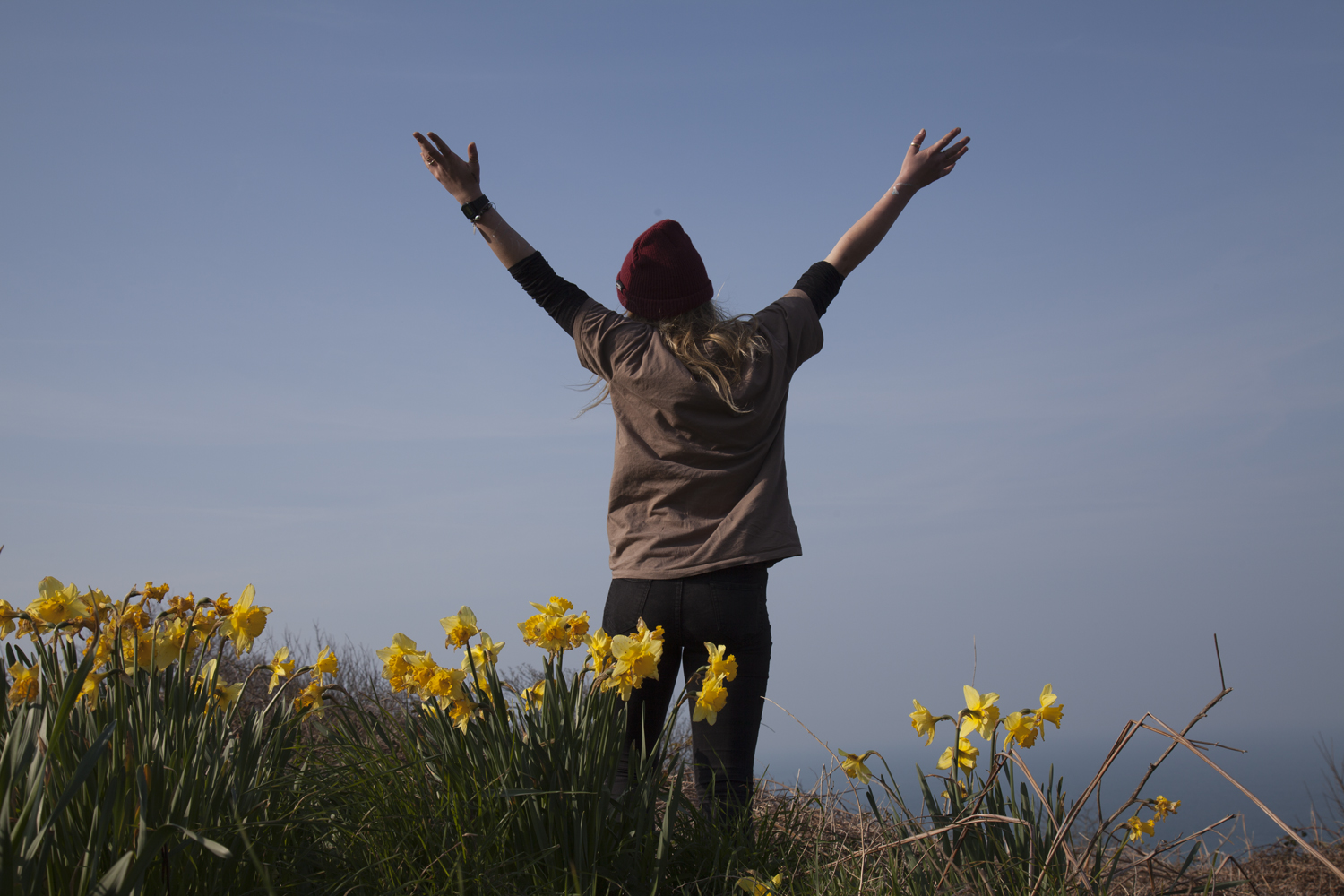

















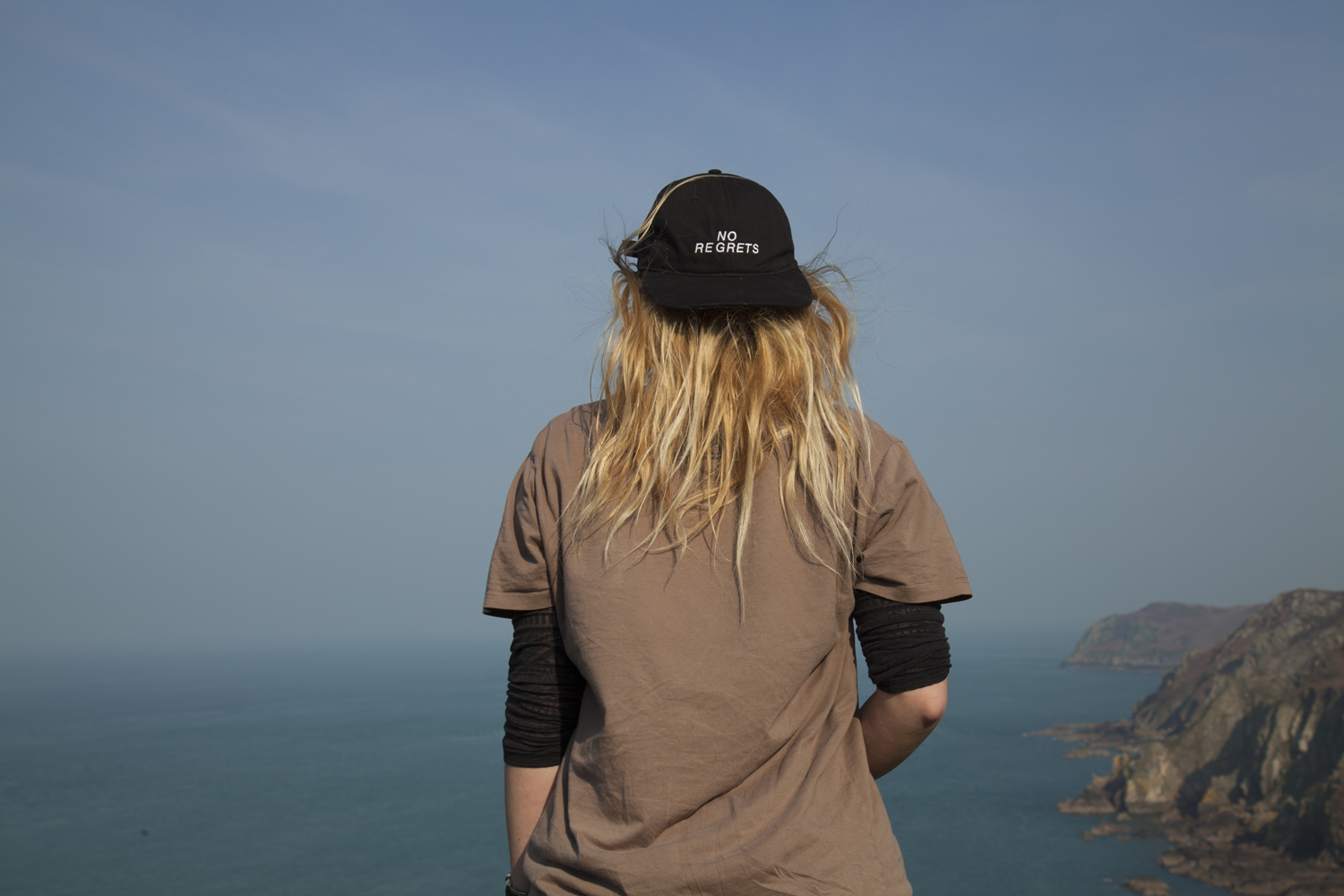




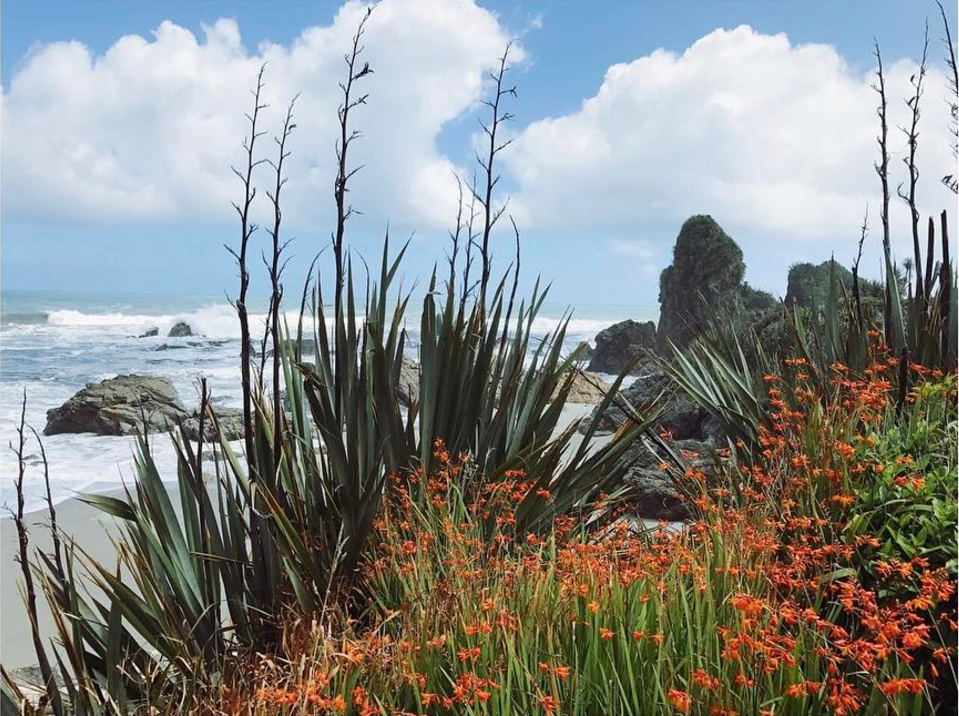 The image above features a mixture of two landscapes. You have the typical light-sanded beach scene in the background with bright greenery and red flowers in the foreground. The mixture of two environments forms a careful composition which matches colour with light and highlights the joining point between the landscapes. Arguably my interest in this image comes from the aesthetic quality of the flowers and the colour contrast between the blue sky and red plant life. With my own images, I will make sure to include elements of natural scenery to form a soft and possibly safe-seeming image. The point of the landscapes within this project are to show areas of the island we live in that people have emotional attachments to. For a lot of teenagers leaving the island, there are strong memories associated with certain places – in particular woods or beaches – which many have grown up in.
The image above features a mixture of two landscapes. You have the typical light-sanded beach scene in the background with bright greenery and red flowers in the foreground. The mixture of two environments forms a careful composition which matches colour with light and highlights the joining point between the landscapes. Arguably my interest in this image comes from the aesthetic quality of the flowers and the colour contrast between the blue sky and red plant life. With my own images, I will make sure to include elements of natural scenery to form a soft and possibly safe-seeming image. The point of the landscapes within this project are to show areas of the island we live in that people have emotional attachments to. For a lot of teenagers leaving the island, there are strong memories associated with certain places – in particular woods or beaches – which many have grown up in.